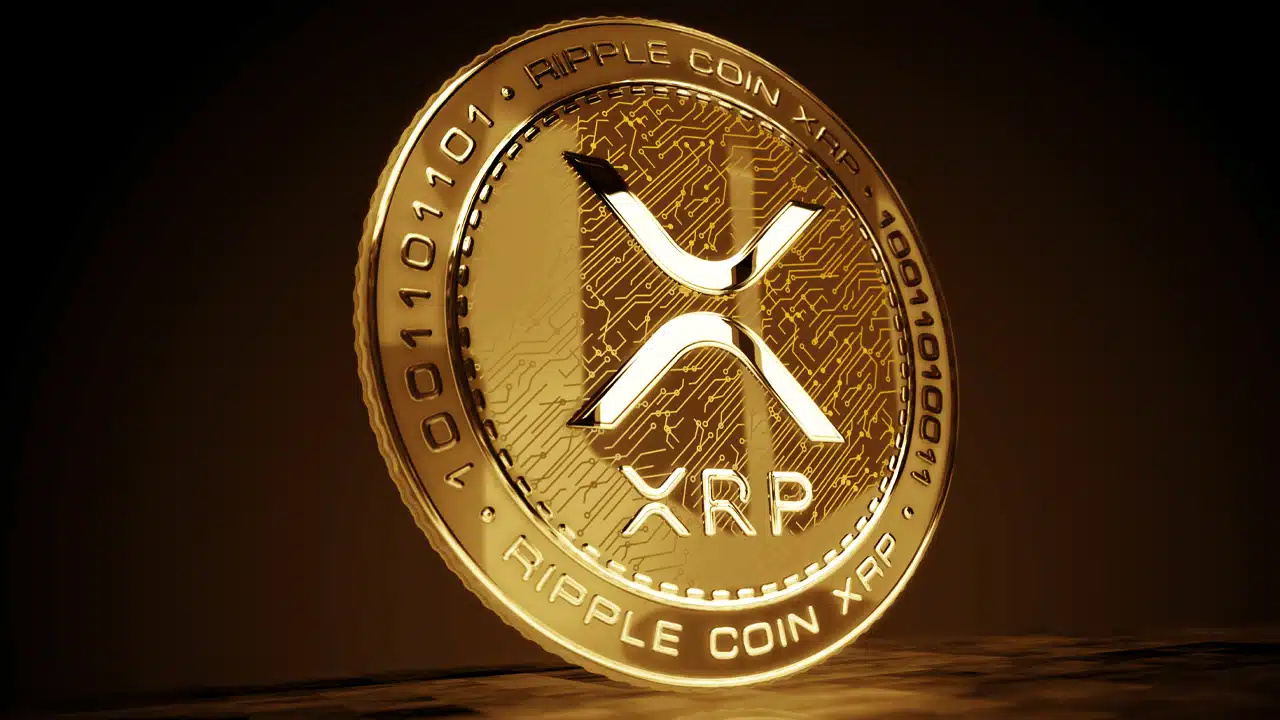|
Getting your Trinity Audio player ready...
|
Ripple’s ongoing legal battle with the SEC has triggered significant changes to its On-Demand Liquidity (ODL) service, particularly for US customers. Here’s a breakdown of the recent developments
US Customers Switch to USDT for ODL Transactions
Following a court ruling that classified institutional XRP sales as securities, Ripple has transitioned its ODL services in the US away from XRP. Recent court filings reveal Tether’s USDT is now the primary bridge currency for US-based ODL users. This move ensures compliance with current legal interpretations while minimizing disruption.
As reported by XRP YouTuber Moon Lambo, Ripple has shifted its focus to non-US entities to navigate legal hurdles. A Singaporean subsidiary now handles XRP sales, suggesting a strategic move to circumvent US regulations.
Minimum Asset Requirements for ODL Clients: Ensuring Financial Stability
Internal communications reveal Ripple’s implementation of a minimum $5 million asset requirement for ODL clients. This safeguards end users by ensuring participating entities have sufficient financial resources. Exceptions are made for “sophisticated entities,” demonstrating Ripple’s commitment to responsible business practices despite regulatory challenges.
Also Read: Ripple Fights Back: $2 Billion SEC Penalty Deemed “Excessive” in Ongoing XRP Lawsuit
Uncertainty Looms Over Overseas ODL Operations
Despite these adaptations, concerns linger regarding the SEC’s pursuit of a wide injunction that could potentially impact Ripple’s overseas subsidiaries and their ODL operations. It’s unclear if legal restrictions would apply to non-US entities, even if they facilitate ODL transactions.
Moon Lambo suggests ODL transactions outside US jurisdictions might continue uninterrupted. However, the complex regulatory landscape creates uncertainty. As the legal battle unfolds, Ripple’s ability to adapt will be crucial for the future of its ODL services and its position within the digital payments industry.
I’m a crypto enthusiast with a background in finance. I’m fascinated by the potential of crypto to disrupt traditional financial systems. I’m always on the lookout for new and innovative projects in the space. I believe that crypto has the potential to create a more equitable and inclusive financial system.




